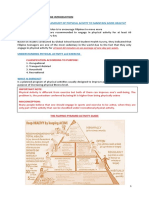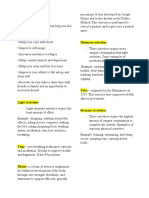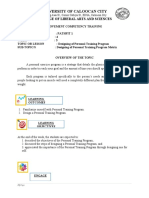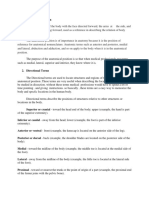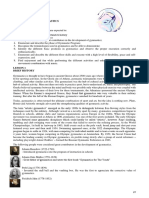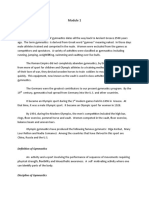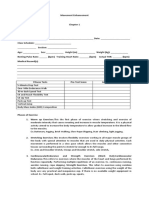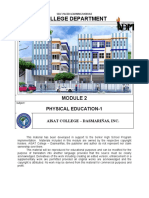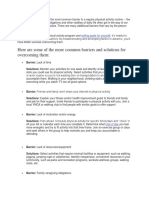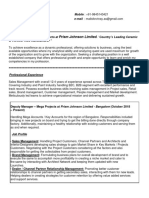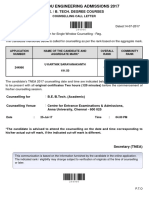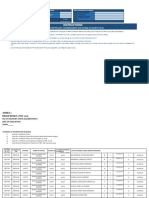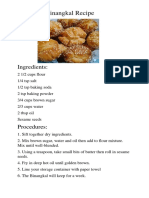100% found this document useful (1 vote)
6K views3 pagesExercise Progression and Regression
Exercise progression and regression involves making exercises easier or more difficult by modifying their intensity, duration, complexity, or other factors in order to safely and effectively challenge the body over time. Progression helps individuals reach their fitness goals while preventing injury, and regression allows exercisers to perform at an appropriate ability level. Key factors that influence exercise performance and how exercises can be progressed or regressed include resistance, range of motion, stability, speed, and body position.
Uploaded by
Kian MacaraegCopyright
© © All Rights Reserved
We take content rights seriously. If you suspect this is your content, claim it here.
Available Formats
Download as PDF, TXT or read online on Scribd
100% found this document useful (1 vote)
6K views3 pagesExercise Progression and Regression
Exercise progression and regression involves making exercises easier or more difficult by modifying their intensity, duration, complexity, or other factors in order to safely and effectively challenge the body over time. Progression helps individuals reach their fitness goals while preventing injury, and regression allows exercisers to perform at an appropriate ability level. Key factors that influence exercise performance and how exercises can be progressed or regressed include resistance, range of motion, stability, speed, and body position.
Uploaded by
Kian MacaraegCopyright
© © All Rights Reserved
We take content rights seriously. If you suspect this is your content, claim it here.
Available Formats
Download as PDF, TXT or read online on Scribd
/ 3



